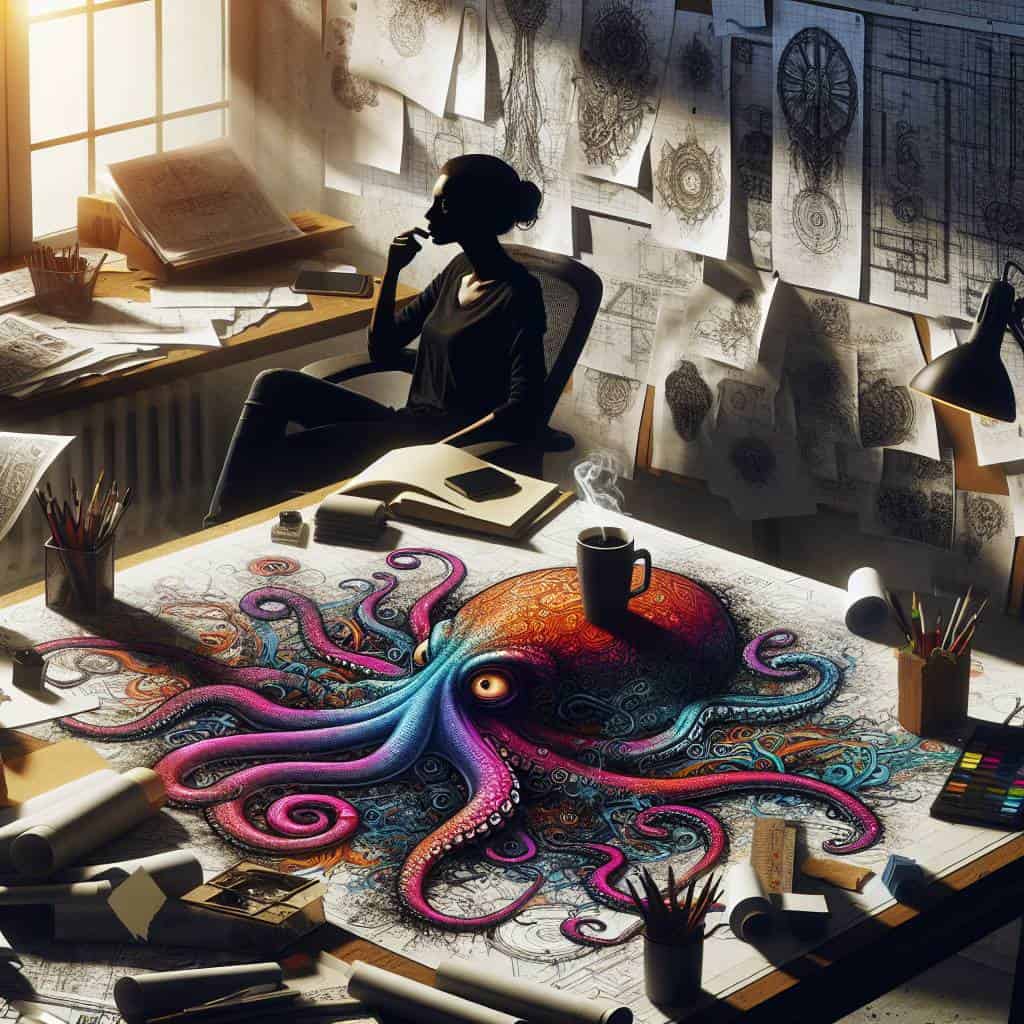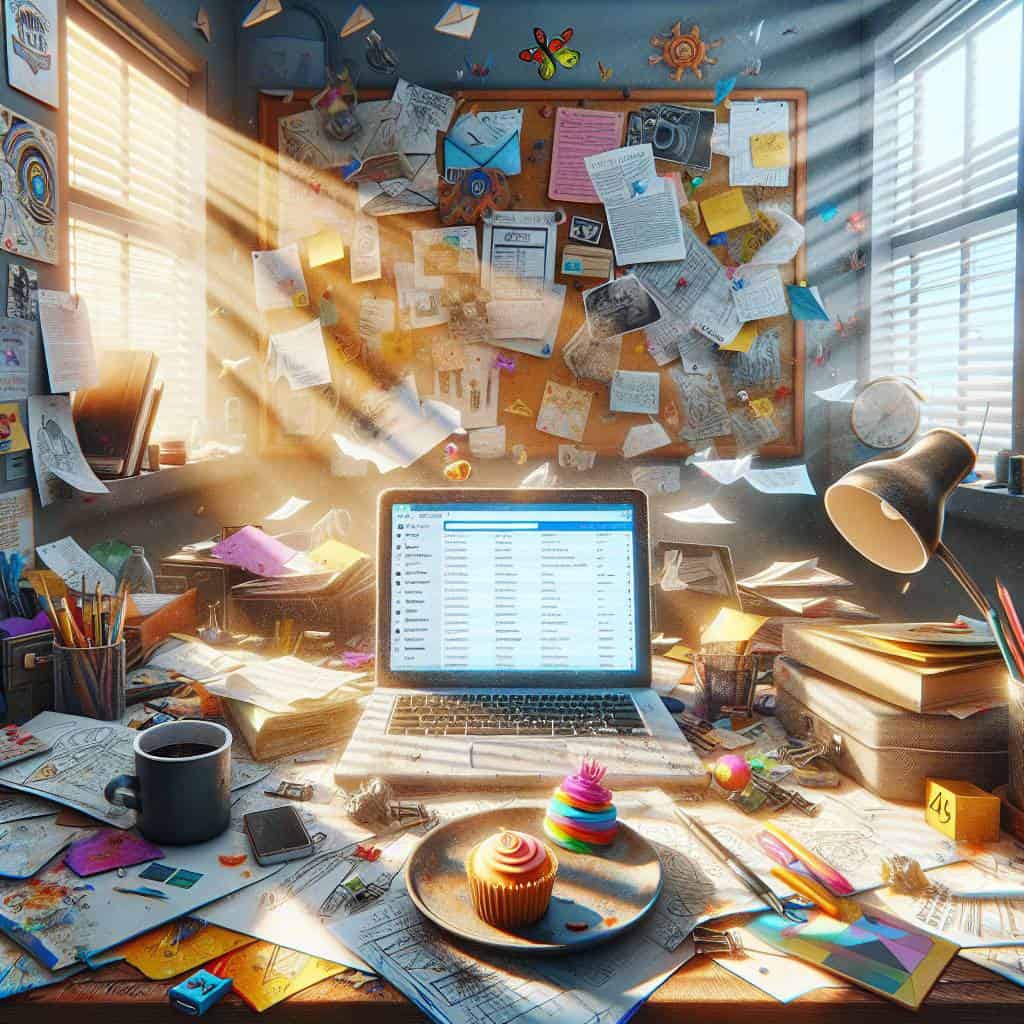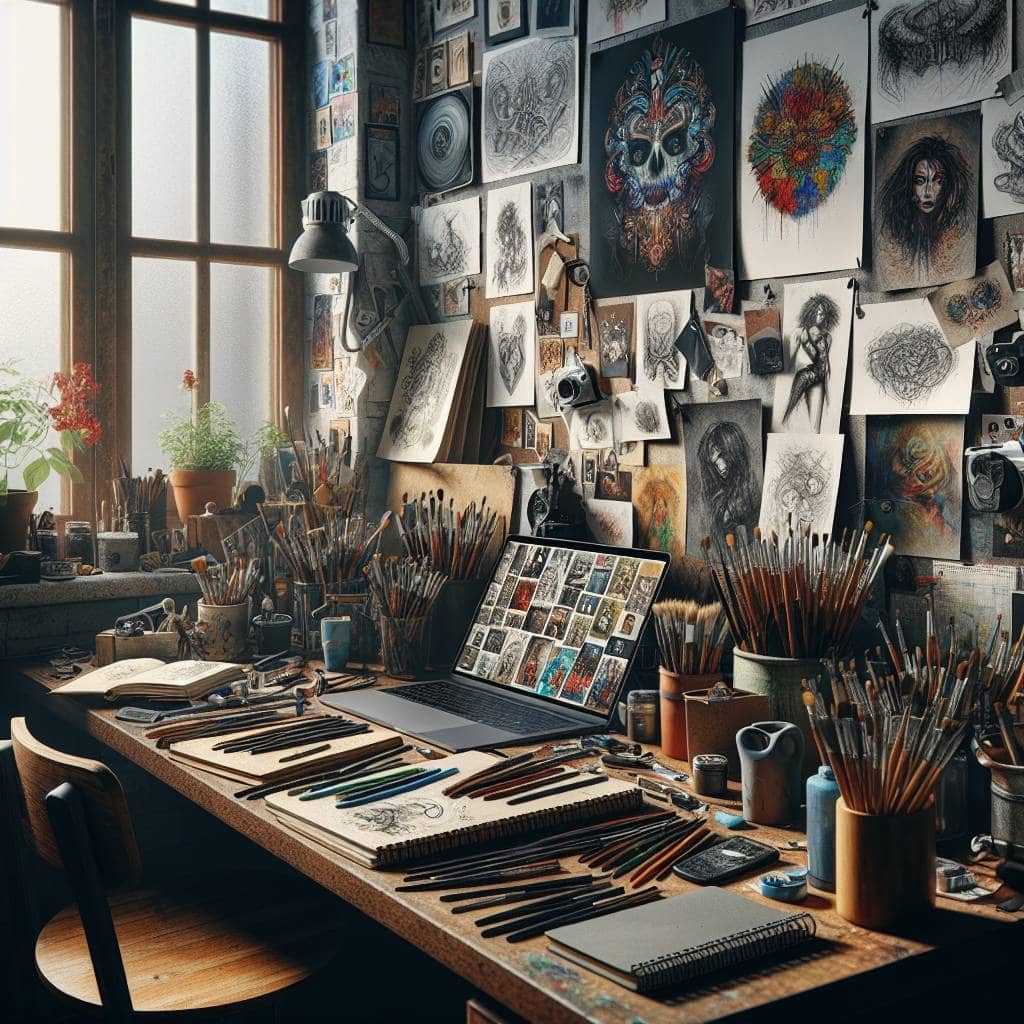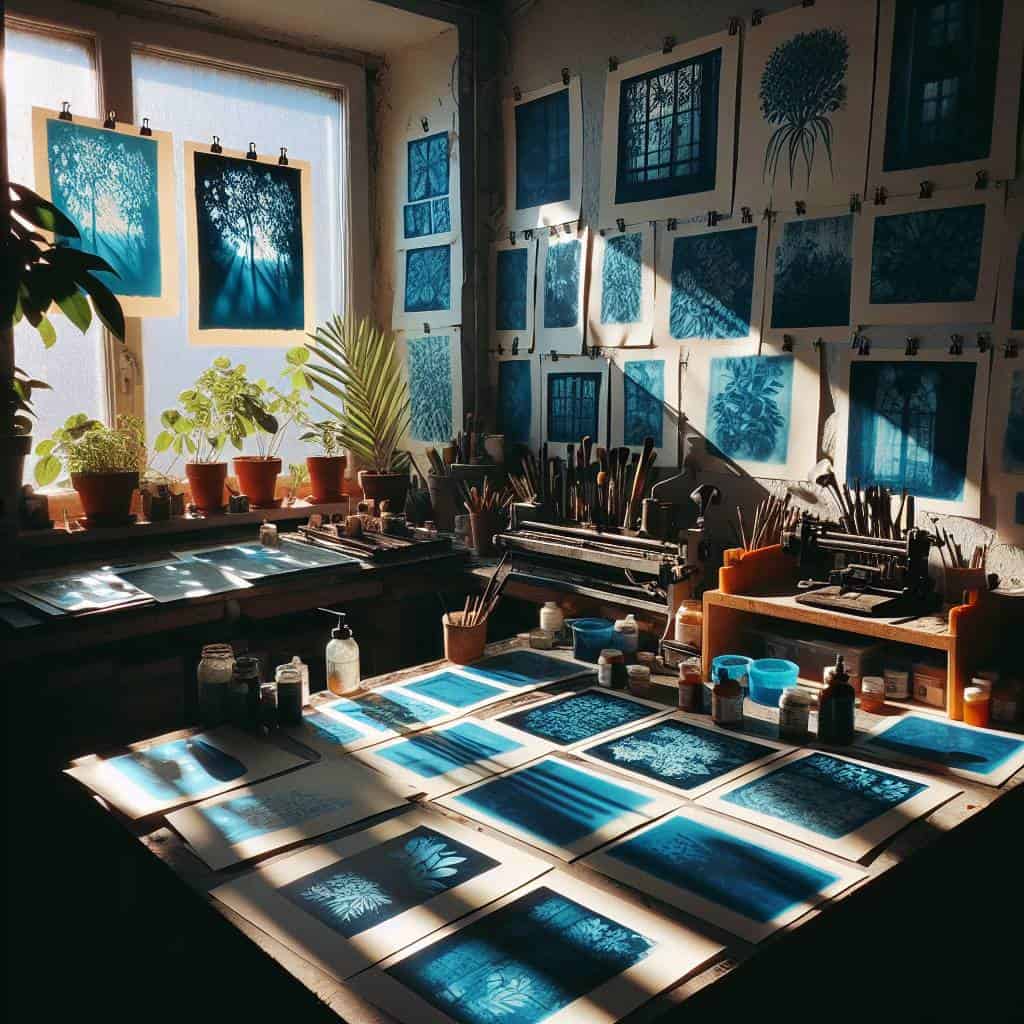The first time I presented my design work to a client, I felt like a tightrope walker without a net. My palms were sweaty, my mind racing with a million thoughts—most of them unhelpful. I remember pulling up my meticulously crafted slides, each one a labor of love, only to be met with blank stares and awkward silence. It was like I’d handed them a piece of abstract art and asked them to explain it to me. I’ve since learned that presenting design isn’t just about showcasing what looks good; it’s a delicate dance of psychology, persuasion, and sometimes, outright diplomacy.

Now, let’s get real. Presenting your design work is a battlefield, and I’m here to arm you with more than just a pointer and a smile. This isn’t about sugar-coating; it’s about survival tactics for the creative mind. Expect a deep dive into the art of storytelling, the science of client psychology, and the messy reality of handling feedback. By the end, you’ll be ready to face the firing squad—clients, stakeholders, and the ever-present inner critic—with a newfound confidence. Let’s transform that presentation dread into a powerful tool for showcasing your genius.
Table of Contents
How I Learned to Stop Worrying and Love Explaining My Design Choices
Once upon a time, I dreaded explaining my design choices, like a teenager dreads a pop quiz on a Monday morning. But somewhere between the client meetings that felt like interrogations and the endless iterations that could drive a monk to madness, I had an epiphany. Explaining design isn’t just a necessary evil; it’s an art form in itself. And guess what? It’s the secret sauce that transforms a design presentation from a mere slideshow into a compelling narrative. The trick? Treating every question, every raised eyebrow, as an opportunity to tell a story.
Now, don’t get me wrong—I’m not saying I waltz into every meeting with the confidence of a rock star. But I realized that if I could articulate why that specific shade of blue is non-negotiable, or why the logo simply had to be off-center, I could turn skeptics into believers. It’s about connecting the dots for the client, showing them how my obsessive attention to detail crafts not just a design, but a solution. Suddenly, feedback becomes an ally, not an adversary. When you lay bare your thought process, the feedback loop becomes an exhilarating exchange of ideas, rather than a dreaded critique.
So, I stopped worrying and embraced the dialogue. I learned to love the challenge of stripping back the layers of my design choices, revealing the method to my madness. It’s like handing the client a backstage pass to the inner workings of my creative process. And in that transparency, something magical happens: trust is built, and the design becomes a shared vision. It’s no longer just about the pixels on the screen; it’s about the shared journey to something remarkable. That’s when you know you’ve cracked the code—and explaining your design choices becomes not just tolerable, but downright essential.
The Art of Design Showmanship
Presenting your design is like juggling flaming torches in a windstorm. Keep your balance, anticipate the gusts, and never let go of your creative spark.
The Art of Controlled Chaos
In the end, presenting design work is a dance on the razor’s edge between chaos and control. It’s this high-wire act that keeps me coming back, like a moth to a flame. Every client meeting is a fresh chance to dig deep into my reservoir of creativity and communication. It’s about finding that sweet spot where my vision aligns with theirs, and we both walk away with a sense of triumph. But let’s be real—sometimes it’s more like trying to fit a square peg into a round hole, requiring patience and a bit of creative force.
Yet, through all the stress and occasional frustration, there’s something undeniably thrilling about standing up there, defending each pixel as if it were my own child. Maybe it’s the challenge, or perhaps it’s the satisfaction of seeing that lightbulb moment flicker on in a client’s eyes. Whatever it is, this journey of presenting design work has taught me that the best ideas are often born from the tension between my creative vision and the client’s expectations. And in that tension lies the magic, the reason I keep pushing boundaries, one presentation at a time.












